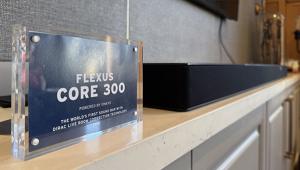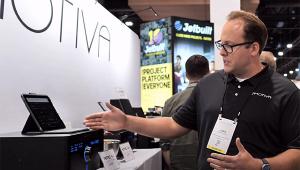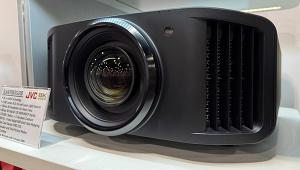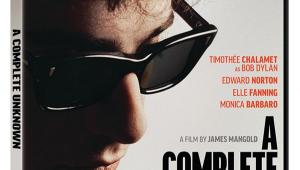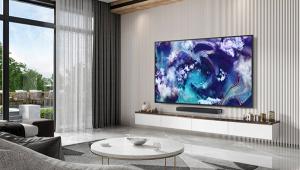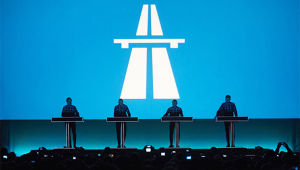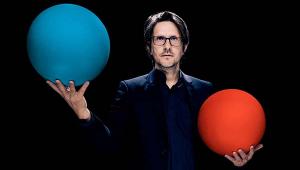Trinnov's Waveforming Revolutionizes Home Theater Bass at CEDIA 2024
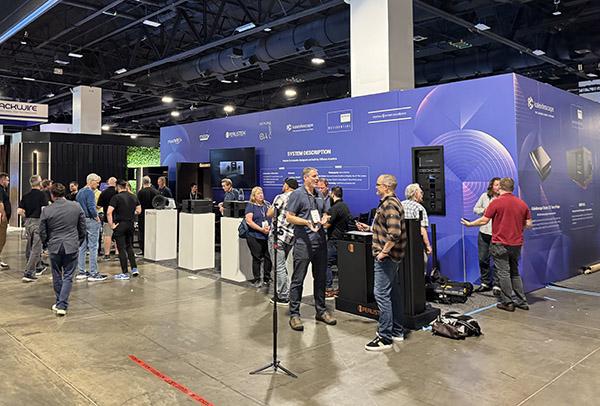
In collaboration with six industry-leading partners, Trinnov put together a cutting-edge private cinema experience that highlighted their latest advancements in audio technology.
The room, designed by Officina Acustica, provided the perfect acoustically isolated environment, essential for reproducing the pristine sound Trinnov aimed to showcase. At the heart of the demo was a Barco Nerthus projector, renowned for its incredible light intensity and ability to produce true HDR. The system utilized Seymour's acoustically transparent screen and Perlisten speakers, delivering the delicate detail of a high-end stereo system while retaining the power and intensity expected from a home theater setup.
Trinnov's goal was to demonstrate that a well-designed system can excel in both movie and music reproduction, defying the common belief that home theater and audiophile-grade music systems require separate setups. In the video, I noted to Chuck that this demo matched the refinement sought by audiophiles.

A key component enhancing the visuals was the madVR processor, optimizing the picture quality from a Kaleidescape source, a platform known for providing superior movie reproduction compared to streaming services. However, the star of the show was Trinnov's Optimizer system, responsible for the pristine audio.
Waveforming is Trinnov's solution to a longstanding issue in both home theater and stereo systems: the challenge of reproducing bass accurately in small rooms. By using multiple subwoofers strategically placed at the front and back of the room, Trinnov's algorithm creates an ideal planar wave that minimizes interaction with walls, floors, and ceilings.
The rear subwoofers then absorb the remaining sound waves, effectively eliminating standing waves. This results in smoother bass, faster decay times, and more detailed low frequencies. Trinnov's demo featured 14 subwoofers, but Chuck Back from Trinnov explained that the technology could be implemented in systems with as few as four subs.
The system's ability to maintain bass consistency across multiple seats is particularly groundbreaking. In the demo room, with 18 seats, the bass response was said to be consistent within two decibels across all seats—something that was previously unattainable. I noted the texture and clarity of the bass, observing that even infrasonic frequencies had a distinct texture, thanks to the quicker decay times provided by Waveforming.
While Trinnov's demo setup at CEDIA featured high-end gear, Chuck emphasized that the Waveforming technology is not exclusive to ultra-luxury systems. Any high-performance setup with four subwoofers can benefit from this technology, making it accessible to a wider audience.
The demo also highlighted the room's impressive sound isolation. Despite reaching sound levels of up to 120 decibels during the demo, there was no sound leakage outside the room, demonstrating the effectiveness of Officina Acustica’s design and Trinnov's equipment in controlling the acoustic environment.
Overall, the Trinnov demo at CEDIA 2024 exemplified what’s possible with today’s cutting-edge audio and video technology, showcasing not only the power of Trinnov’s processing but also the potential for achieving both audiophile-grade music reproduction and immersive home theater sound in a single setup.
